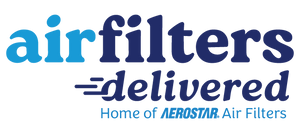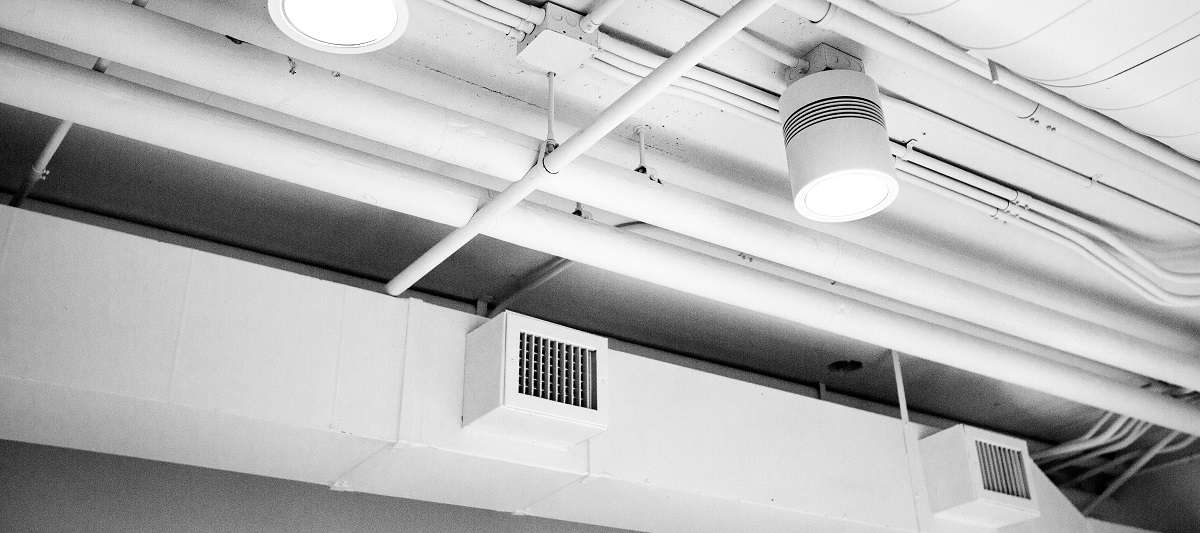Home ownership comes with a ton of responsibilities and it’s easy to overlook issues that are out of sight, but dirty air ducts are one problem that you may want to address. Learn more about the best practices for maintaining your air ducts and keeping dirty air duct symptoms at bay.
Identifying Dirty Air Ducts
First, let’s identify if you have dirty air ducts. This isn’t something you necessarily need a professional for. All you’ll need are some basic tools including a flashlight, clean towel, and a screwdriver or wrench to remove your vent covers.
Start by identifying your return air duct; this is where the air is sucked in before it circulates through the HVAC unit and where you’ll find your air filter. Once you open the return, you’ll be able to tell if your air filter is clean or dirty. You’ll have to remove the air filter to look into the ductwork. Using your flashlight, look for excessive dust, debris, or mold and use a white microfiber towel to wipe the ductwork. Does it come away filthy? Next, check your supply air vents, which will most likely be located on your floor. Does a cloud of dust come up when you lift your supply vent out of the floor? Does the air flow seem consistent in each room?
You might be thinking, okay, if my ductwork is dirty I’ll just put an air filter on my supply vents where the air blows out into my home.
*Pro Tip: This is a bad idea! This doesn’t solve your problem of dirty air ducts and can be detrimental to your HVAC system.
Supply vent filters can make your problem worse and can even affect the longevity of your HVAC system. (We’re pretty sure you’d rather pay for air duct cleaning and quality air filters over a new HVAC unit!)
Filters on supply vents trap dirt, dust, mold, etc. You’re thinking “Yes! That’s what I want!” But in reality, harboring mold particles inside your ductwork, where spores have moisture, warmth, and darkness, is really just creating an even larger mold problem.
Supply vent filters can also burden your HVAC system by creating backpressure, or extra pressure caused by the supply filter that doesn’t allow air to flow freely. This pressure build-up forces your HVAC unit to work harder, reducing the lifespan of your unit and increasing the amount of energy your HVAC uses. More energy = higher utility bills.
Dirty Air Duct Symptoms
If you’re a new homeowner and you or your family have started feeling poorly, you may be experiencing side effects from dirty air ducts. Here are some of the dirty air duct symptoms you may be suffering from:
- Coughing or throat irritation
- Congested or runny nose, or itchy and watery eyes
- Sneezing, wheezing, shortness of breath
- Headaches and overall lethargy
These symptoms might be a result of debris, mold, and dirt stuck in air ducts. If dirty air ducts aren’t cleaned and have mold, they can worsen pre-existing conditions as well as cause additional illnesses. Asthma and allergy sufferers will often be the first to display dirty air duct symptoms.
Can dirty air ducts make you sick?
Dirty air ducts can create more health issues than just uncomfortable symptoms. They can lead to sicknesses. If your air ducts are dirty they can also be breeding grounds for mold, viruses, and bacteria, especially if you’re not changing your air filter regularly.
Sicknesses and diseases due to dirty air ducts can take multiple forms including respiratory infections such as bronchitis or pneumonia, an increased amount of colds, and sinus infections. Allergy and asthma sufferers are more susceptible to developing an illness, and it’s recommended to take the necessary precaution of cleaning dirty air ducts when you’re moving into a new home. Another recommendation from indoor air quality experts is to improve overall home wellness, including what they’ve seen work best: having a portable air scrubber in each room. It’s unrealistic to think that one air scrubber would clean the air in an entire home with multiple rooms, but having a smaller scrubber per room, especially one that is advanced enough to kill airborne viruses and germs, can be a great benefit for those that are susceptible.
New homeowners should know that home inspections don’t include checking air ducts or identifying mold that isn’t visible on a surface level. So, if you’re in the market for a new home, chances are you’ll need to pay extra if you want an air quality test. For individuals prone to experiencing symptoms from poor air quality, it’ll be worthwhile to have a future home examined for a few hundred dollars.
Does Cleaning Dirty Air Ducts Really Make a Difference?
There is some debate on the topic, but the U.S. Environmental Protection Agency (EPA) states that “duct cleaning has never been shown to actually prevent health problems” and that you should consider having the air ducts in your home cleaned if “There is substantial visible mold growth inside hard surface ducts or other components of your heating and cooling system.” Mold, even if it’s hiding in air ducts or under carpet, can still have a detrimental effect on your health. Another reason to clean your air ducts would be if you had an animal or insect infestation and needed to clean out any excrement. Animals and insects will need to be removed since their excrement can spread disease and cause unpleasant lingering smells.
Dust and debris alone doesn’t seem to cause symptoms since it mostly adheres to duct surfaces and doesn’t necessarily enter the living space. There are also loads of pollutants that can enter the home from outside. Having a higher quality air filter can help trap particulate matter floating in your home, which in turn helps decrease indoor air pollution.
How to Clean Air Ducts Yourself
Cleaning your air ducts yourself might seem cost effective, but if you’re dealing with mold or an insect infestation, it might be time for a professional. Pros will have the safety equipment needed to protect them from breathing in toxins and the correct equipment to remove and prevent mold from returning. If you’re merely cleaning the entry points of your supply vents and air intake to replace your air filter, then you should be fine doing that yourself. You can even stick a vacuum hose down into the ductwork at any access points for a further clean.
How do you know if someone performed an air duct cleaning service well?
There are a few ways you can check if your dirty air ducts were cleaned well. One of those ways is by paying attention to the kind of equipment the providers bring inside. If they’re merely using a shop vac, chances are they aren’t cleaning your ductwork any better than if you cleaned it yourself. You should check whether the service includes cleaning the HVAC unit and a replacement air filter.
Some air duct cleaning service providers may tell you that they need to apply a chemical biocide to the inside of ducts to clean viruses, mold, and bacteria which can also prevent further fungi growth. This is an approach that homeowners should be cautious of accepting. The EPA currently has no registered chemical biocides that are approved for use in internally-insulated air duct systems. Do your due diligence and research before settling on a potentially toxic service.
Whether you choose to have your air ducts cleaned is up to you, but for those experiencing respiratory or allergy-like symptoms, it’s a good idea to inspect your ducts for mold or have a professional air quality test performed in your home.
Related Blog Posts:
MERV MPR FPR Ratings
Can I Put Filters On My Air Vents Air Filters Delivered
Where Is My Furnace Filter Located
Actual Vs Nominal Size
Best Temperature For AC

